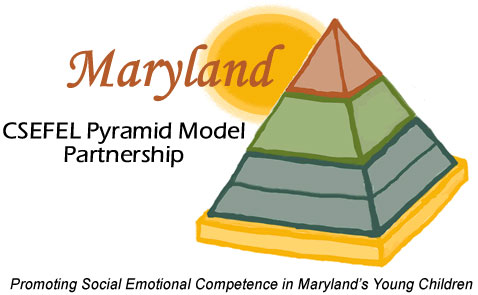SEFEL (Social and Emotional Foundations for Early Learning) is a framework that promotes the social and emotional development and school readiness of young children from birth through age 8. SEFEL has been successfully implemented in a wide range of Maryland child care settings and is now being adapted for elementary school settings. The SEFEL model is very much a team approach, so experts are not only offering training to Maryland’s child care providers, but also to parents, home visitors, child welfare workers and first responders.
OK, but really now… what is SEFEL?
- You should know that SEFEL is based on real-world research on young children and how they develop socially and emotionally; this isn’t guesswork, it’s science.
- This research tells us that there are specific evidence-based practices that we can use to help young children build strong social and emotional foundations for the short-term and for the rest of their lives.
- As you may have heard, it really does take a village. The SEFEL model is most effective when all the main players in a child’s life - providers, families, etc. - are working together.
- At its core, SEFEL is about building relationships with children (and we’ll unpack that later).
- SEFEL is being used in 25 states and territories - in addition to Maryland - so you know this approach has to be working.
The cornerstone of SEFEL is the Pyramid Model for Supporting Social Emotional Competence in Infants and Young Children, also known as…
 The Great Pyramid
The Great Pyramid
Do pyramids have cornerstones? Wouldn’t they be kind of slanted… and pyramid-ish? Either way, this pyramid actually is pretty great. It’s helping children and families every day. The levels of the pyramid work like this (and mind you, this is an overview - for more details explore SEFEL in Maryland here.)
Yellow
This is the foundation, the systems and policies that ensure there is an effective workforce of providers who can put the SEFEL framework into action.
Blue
This level is all about creating positive relationships and environments for young children. And it applies to all children - it’s the basis for developing strong social and emotional development for each and every one of them. The focus on relationships involves the provider or teacher engaging in various kinds of positive interactions with children as well as partnering with families so that the same kind of work is also done at home. The focus on environments involves - both at child care and at home - creating routines and physical spaces that promote all kinds of learning, especially social and emotional learning.
Green
Most children at some point, though, do require much more specific instruction around social emotional skills such as identifying and expressing emotions, building friendship skills and developing strategies for dealing with sadness and anger. Child care providers do this work during the day and also collaborate with families - including offering necessary coaching - to help them work on these skills at home.
Red
The Blue and Green levels usually do the trick, but a small number of children engage in challenging behaviors that require even more individualized interventions. At the Red level, providers and families use something called a Behavior Support Plan which both actively promotes positive behaviors while addressing the triggers that seem to cause the child’s challenging behaviors.
In a nutshell, SEFEL - and the Great Pyramid - give everyone in a child’s life all the tools they need to promote that child’s social and emotional development. Whether the child requires a minimum level of support and skill-building or a lot. This is great news for children, families and providers in Maryland.
- ‹ Previous
- Next ›

